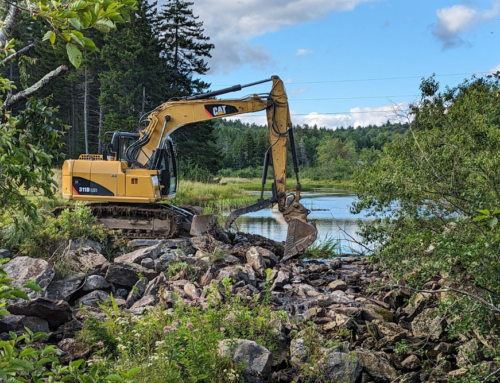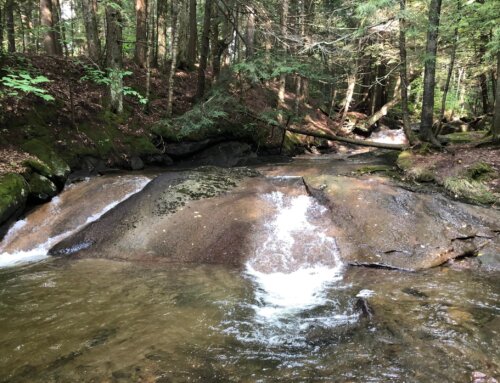Greenfield, MA— The Connecticut River Conservancy (CRC) announced today that it has been awarded more than $500,000 in federal grant funds to improve the health of the Connecticut River and Long Island Sound. CRC received two separate grants to fund restoration projects in both New Hampshire and Connecticut. The funding is part of the National Fish and Wildlife Foundation’s Long Island Sound Futures Fund, which receives federal funds from multiple federal agencies including the U.S. Environmental Protection Agency and U.S. Fish & Wildlife Service.
“CRC is very pleased to be one of 38 organizations receiving a total of $3.8 million to improve the health of both the Connecticut River watershed and Long Island Sound,” said CRC Executive Director, Andrew Fisk. “This $507,000 will allow CRC to continue working across the four-state watershed with private landowners on restoration projects on their land that will improve the public’s water.”
The two grants will fund five projects—four in NH and one in CT—to improve water quality by decreasing erosion and nutrients, primarily nitrogen, from entering the Connecticut River and Long Island Sound. Excessive nitrogen has been identified as the primary cause of the lack of oxygen in the Long Island Sound’s water, resulting in harmful algae blooms and occasional fish kills.
In New Hampshire, CRC will work with the U.S. Department of Agriculture Natural Resource Conservation Service (NRCS) and four farms to install bioengineering projects that involve stabilization techniques and planting vegetation buffers along the river to reduce erosion and nutrient runoff. “NRCS is proud to be a part of a collaboration with private landowners and conservation organizations like the Connecticut River Conservancy, working to reduce excess sediment and nutrients to the river while protecting wildlife habitat,” noted New Hampshire NRCS State Conservationist Becky L. Ross.
In Connecticut, CRC will complete the construction of a living shoreline – a combination of dune and marsh restoration, and rock sills – in Fenwick. “Living shorelines, unlike traditional structures such as bulkheads or seawalls that can worsen erosion, incorporate natural elements to absorb wave energy, lessen erosion and provide habitat,” said Mark Tedesco, director of the U.S. EPA’s Long Island Sound Office. “The Connecticut River Conservancy’s project in Fenwick, CT will help demonstrate how to protect both communities and habitats along the Long Island Sound coastline.”
Since 1952, Connecticut River Conservancy has been the voice for the Connecticut River watershed, from source to sea. They collaborate with partners across four states to protect and advocate for your rivers and educate and engage communities. They bring people together to prevent pollution, improve habitat, and promote enjoyment of your river and its tributary streams. Healthy rivers support healthy economies. To learn more about CRC, or to make a contribution to help protect your rivers, visit ctriver.org.
###







